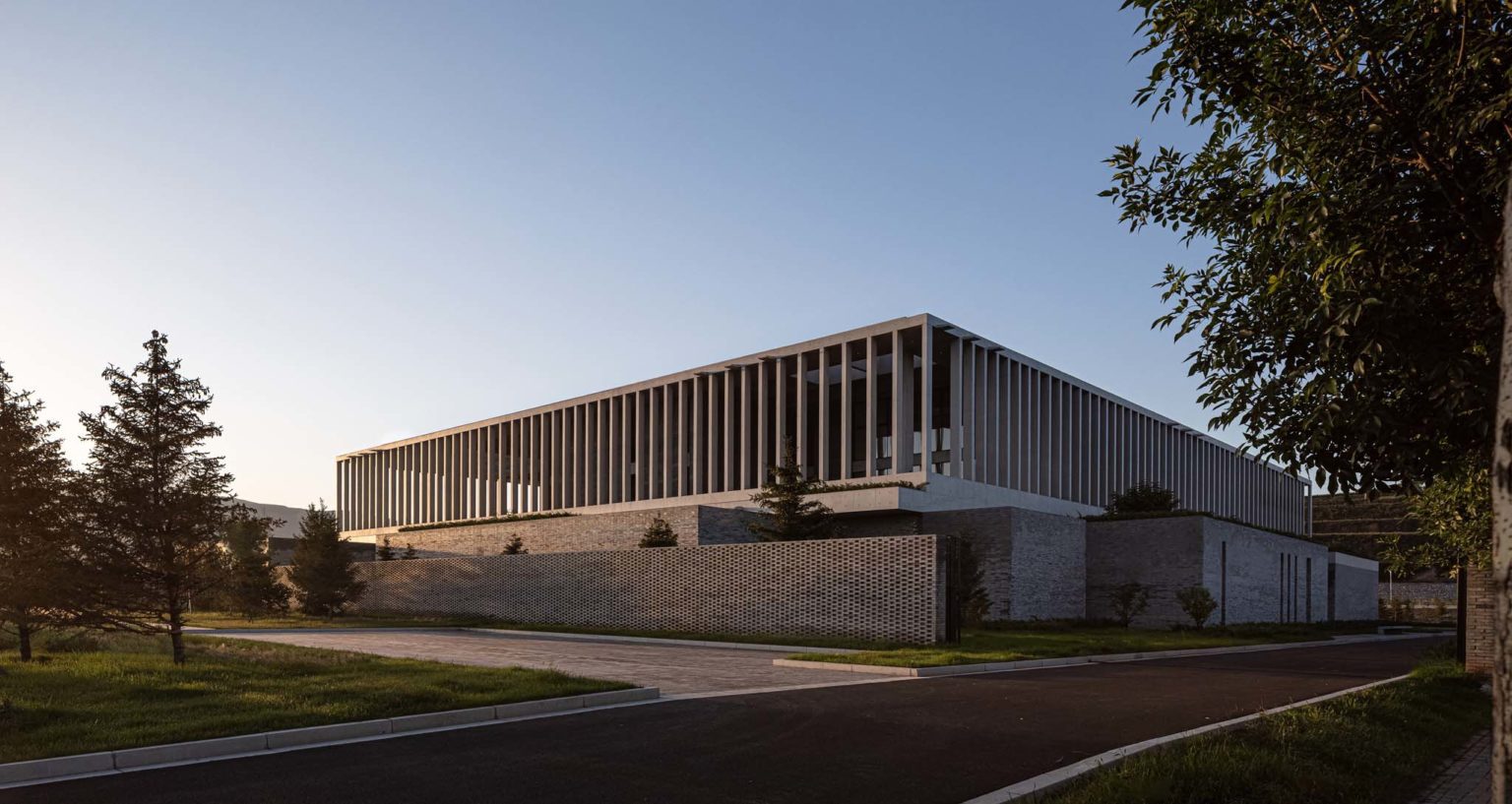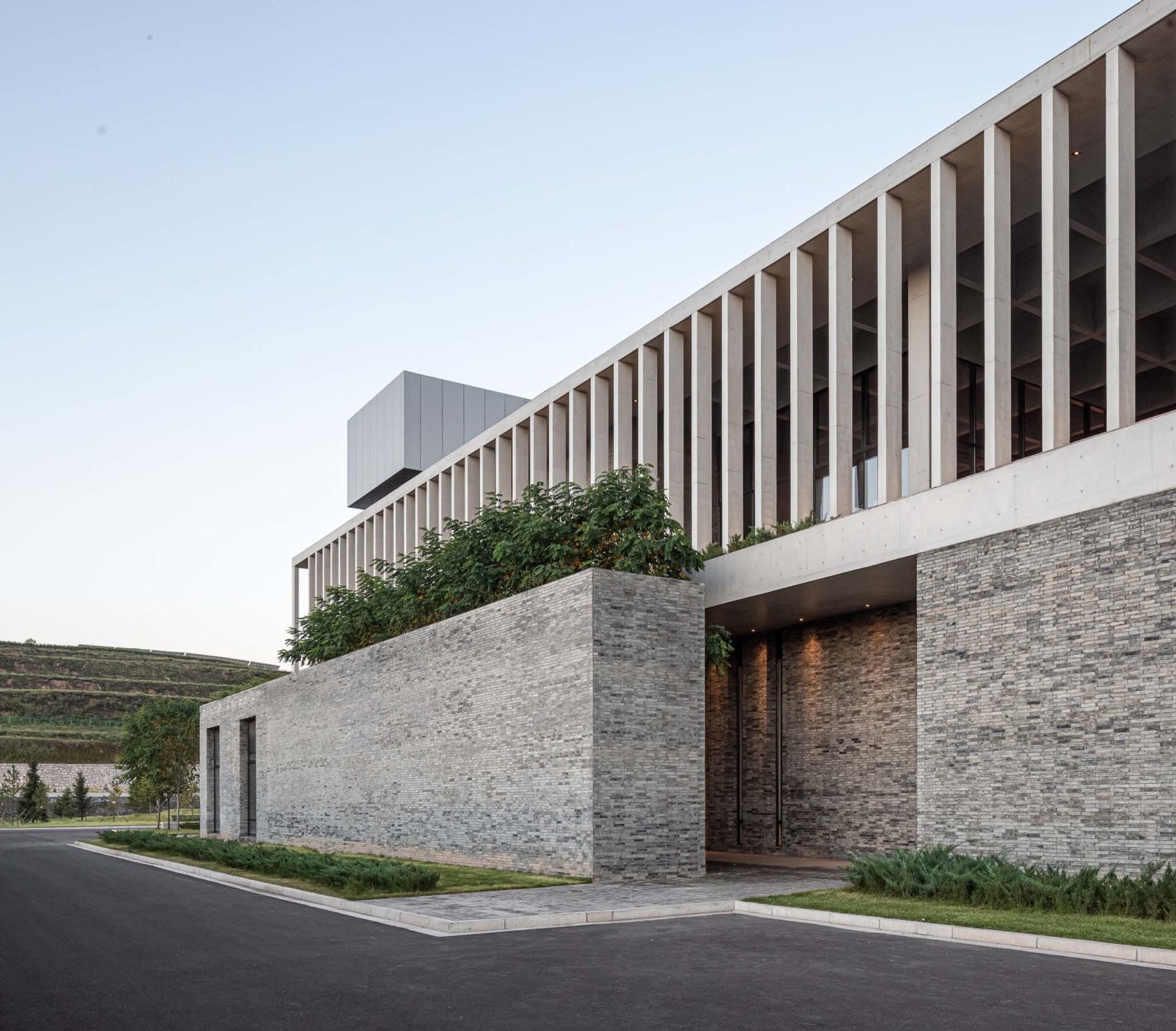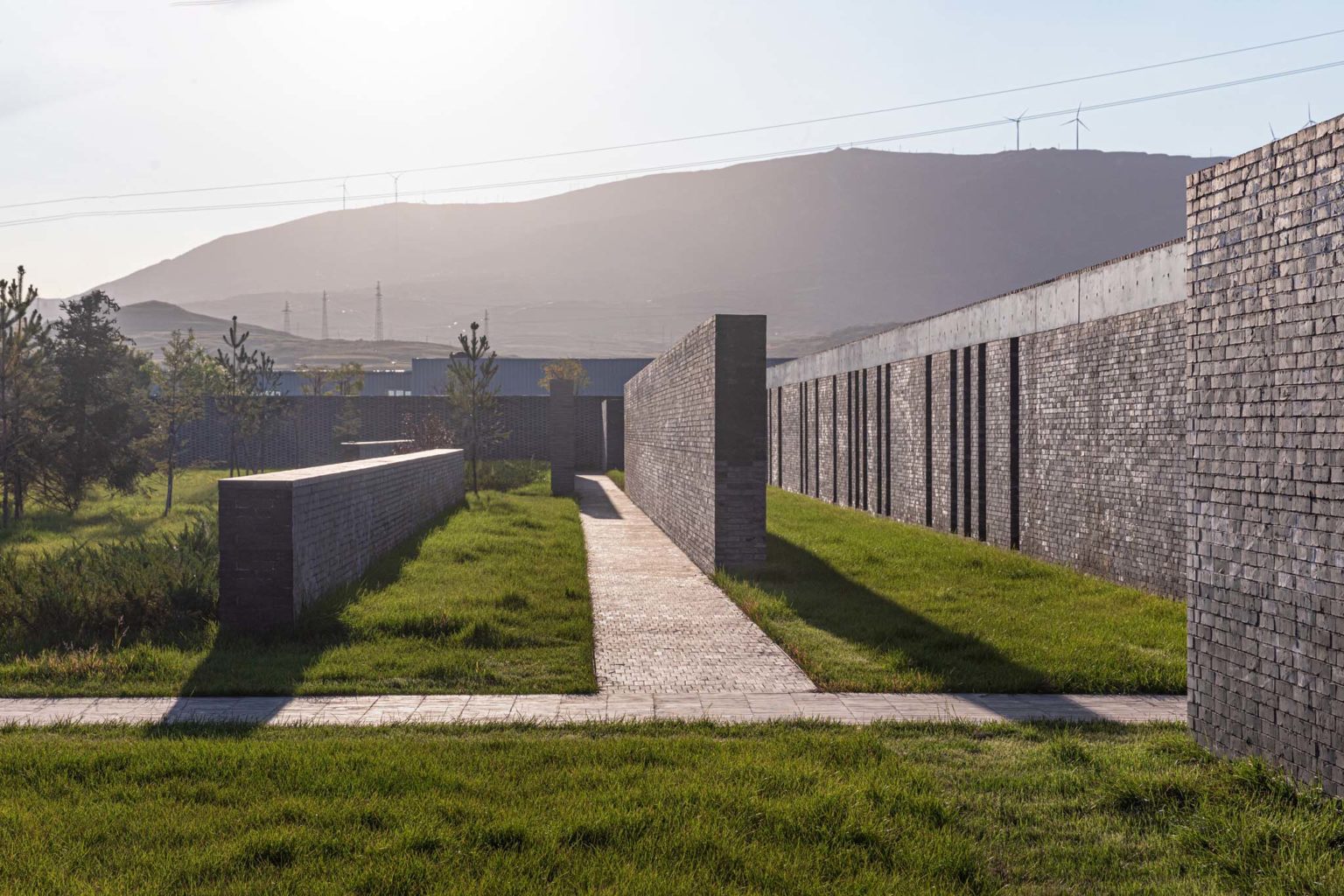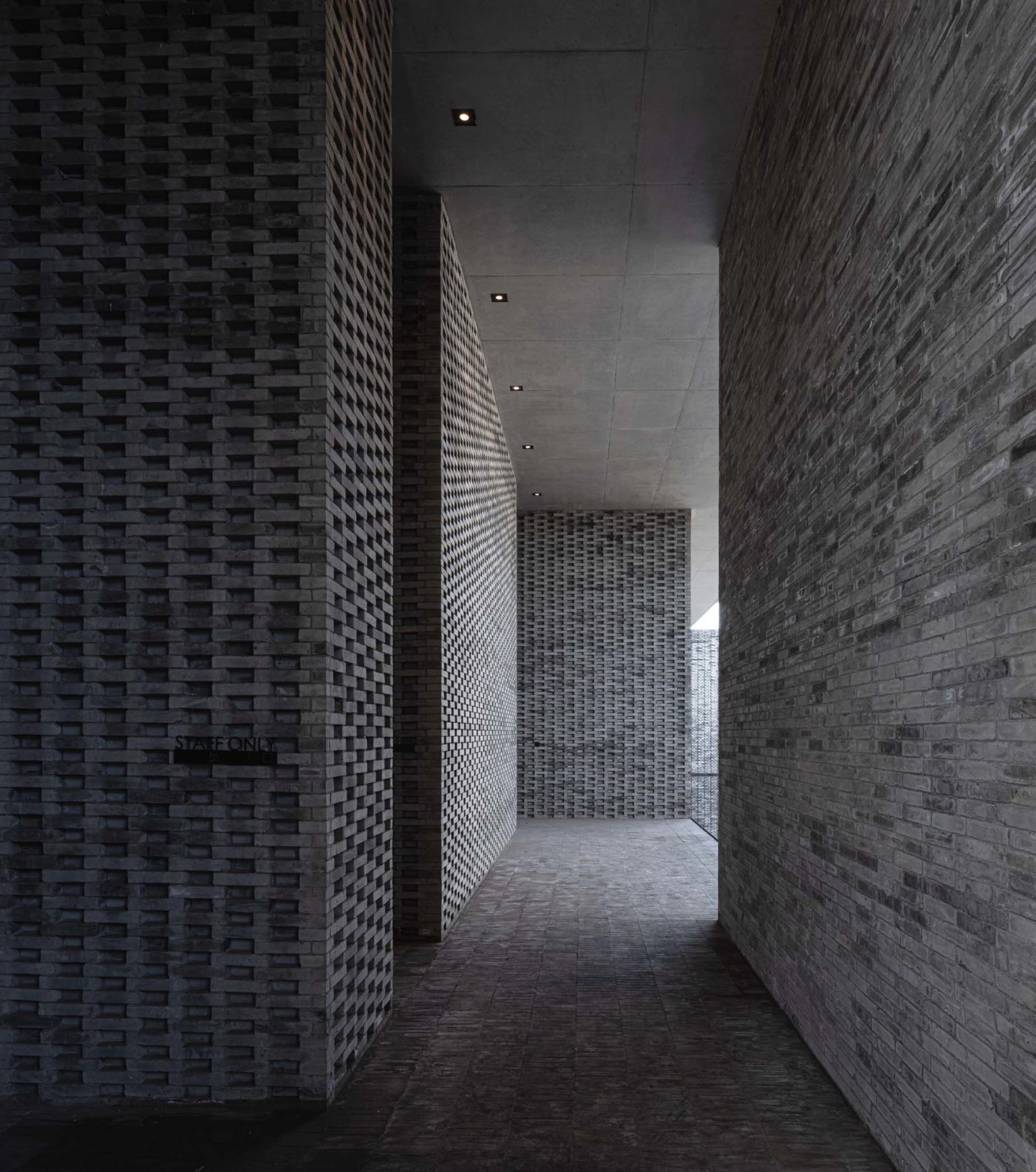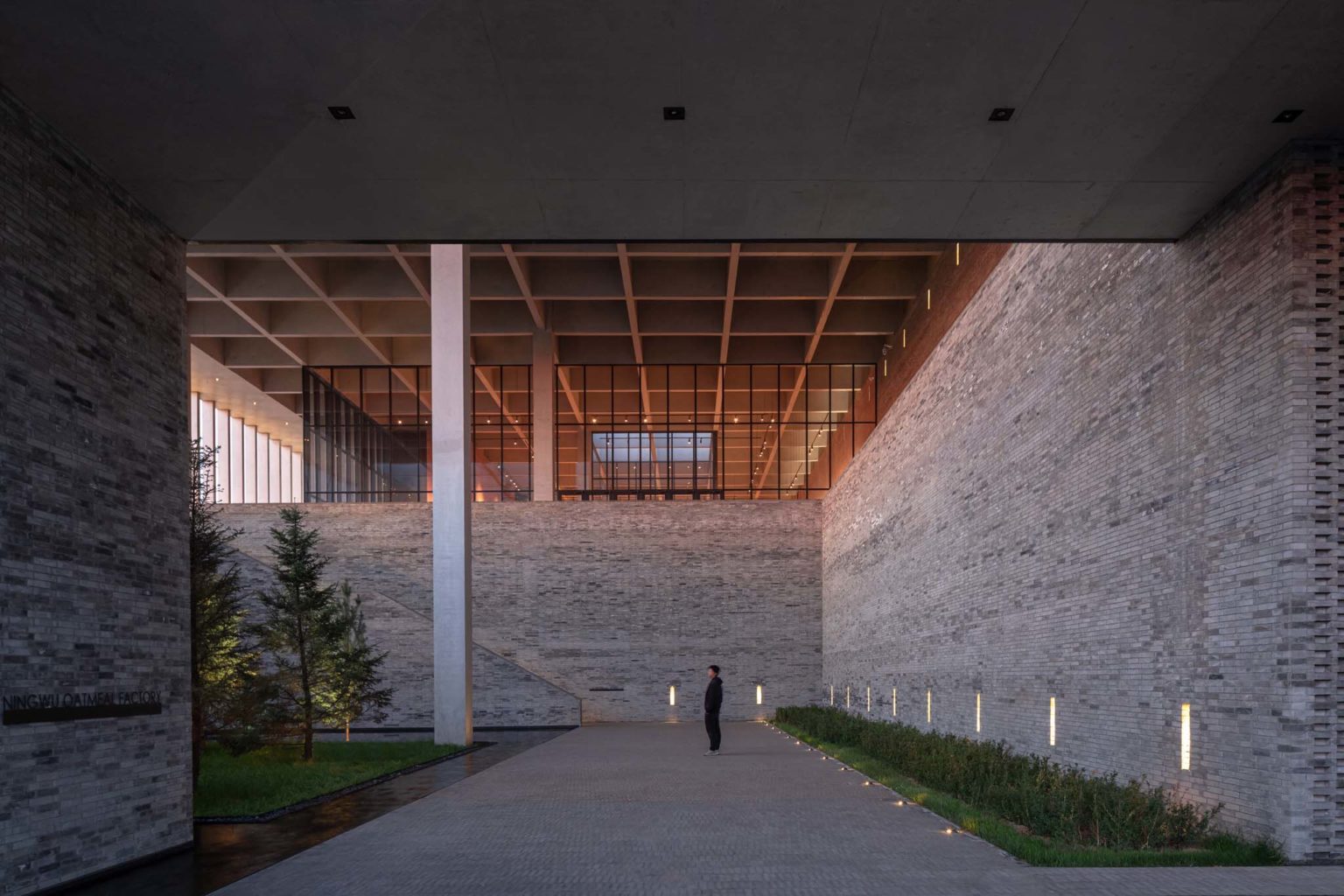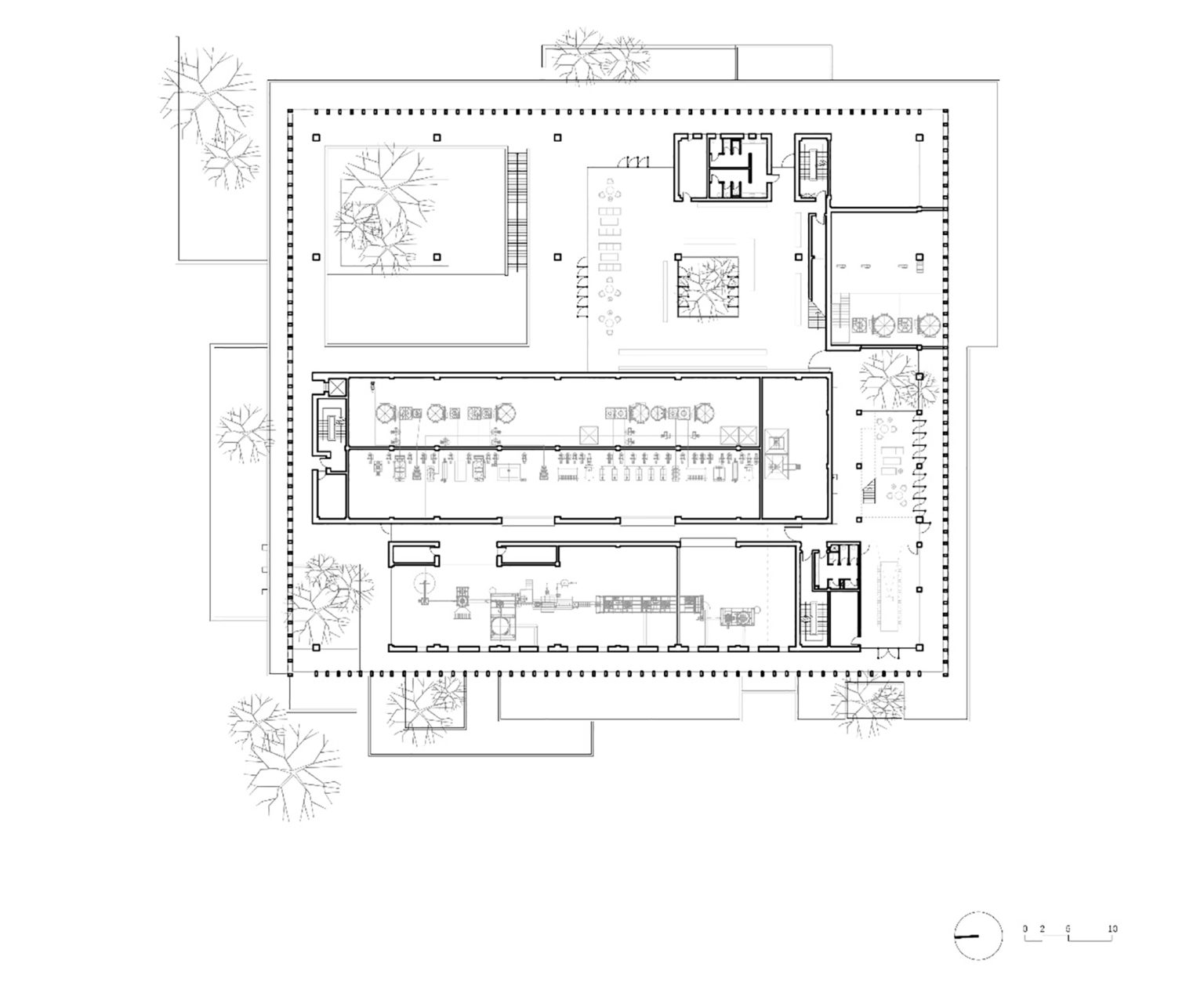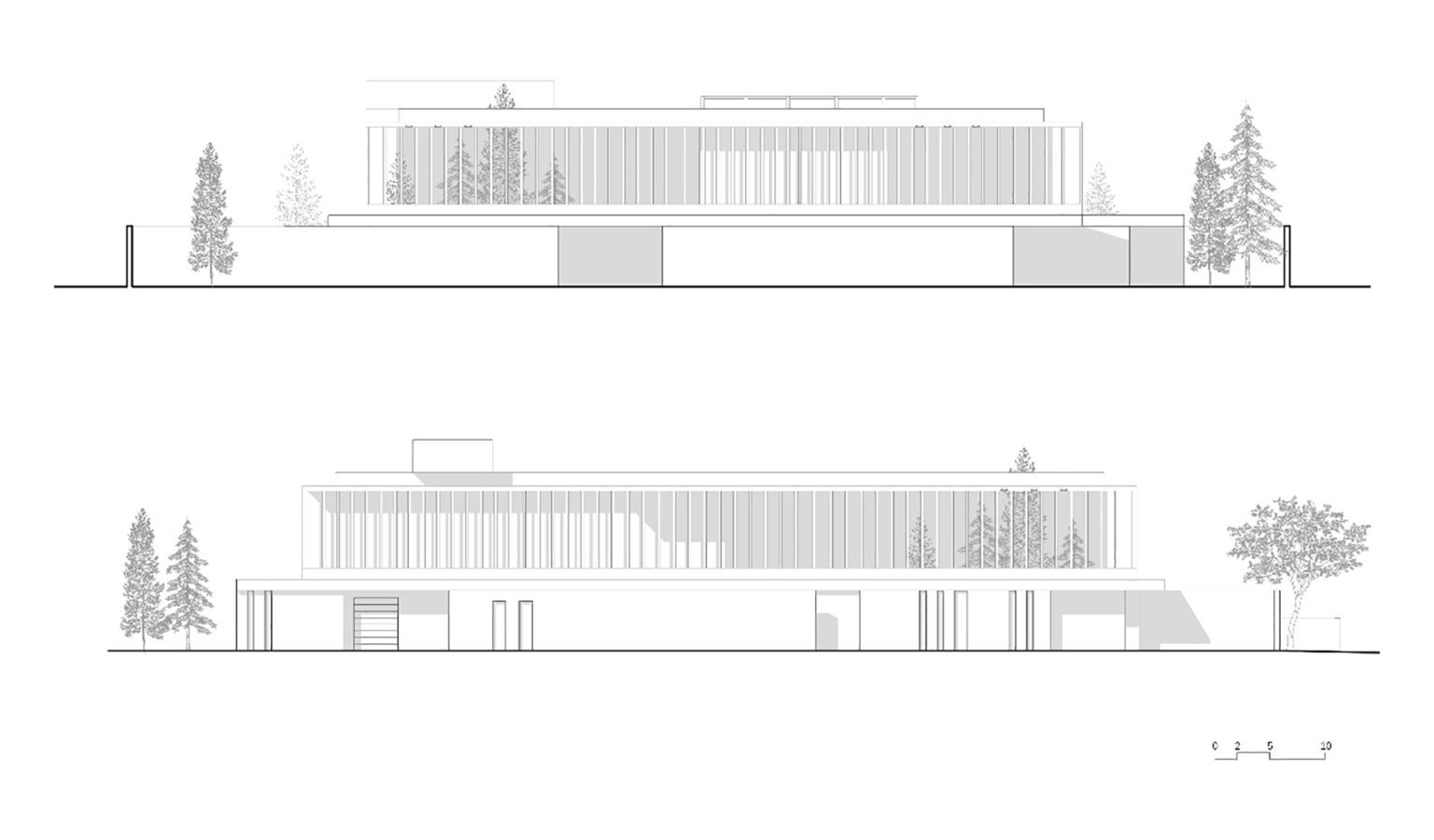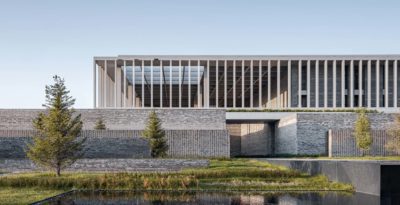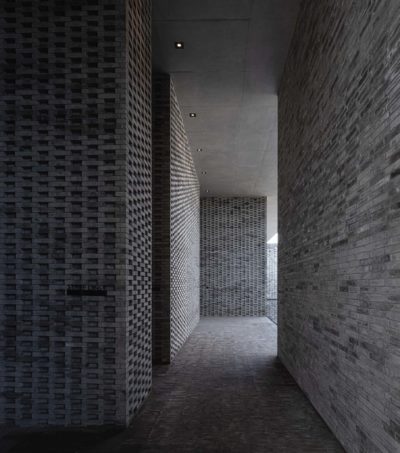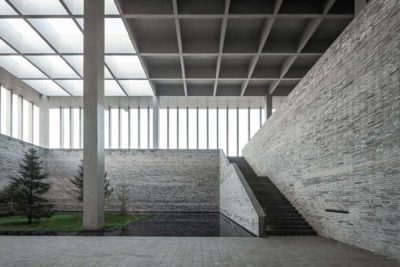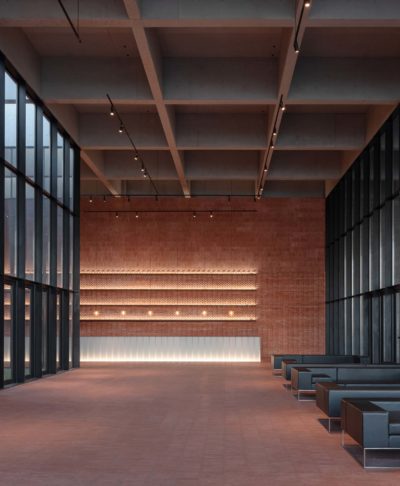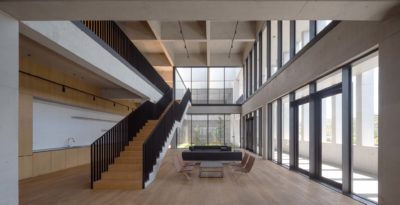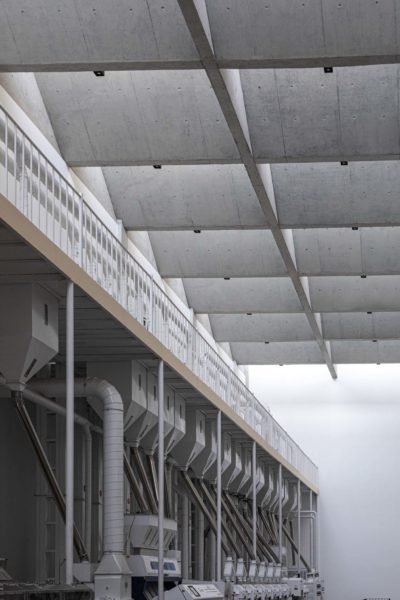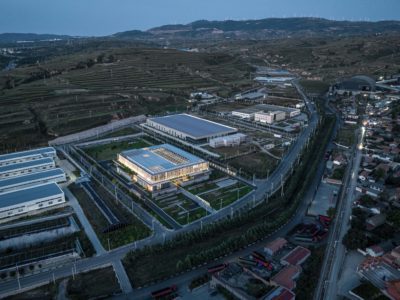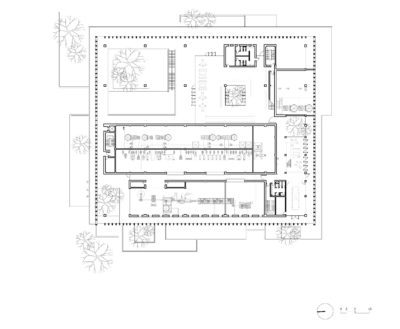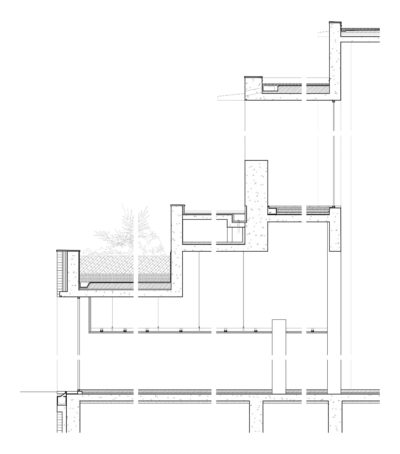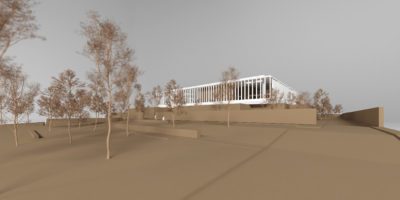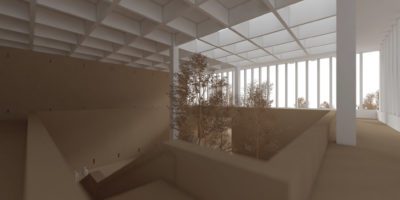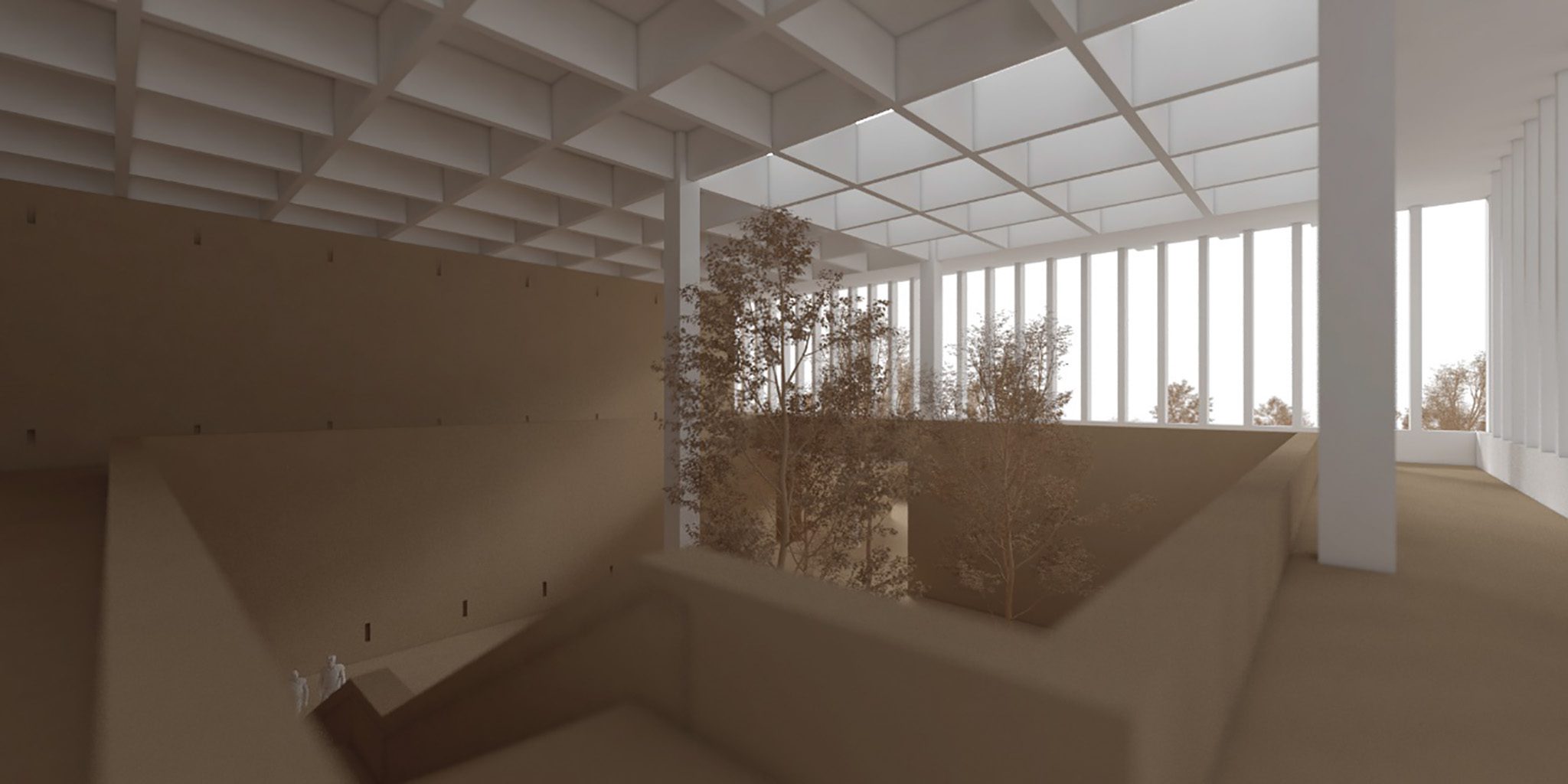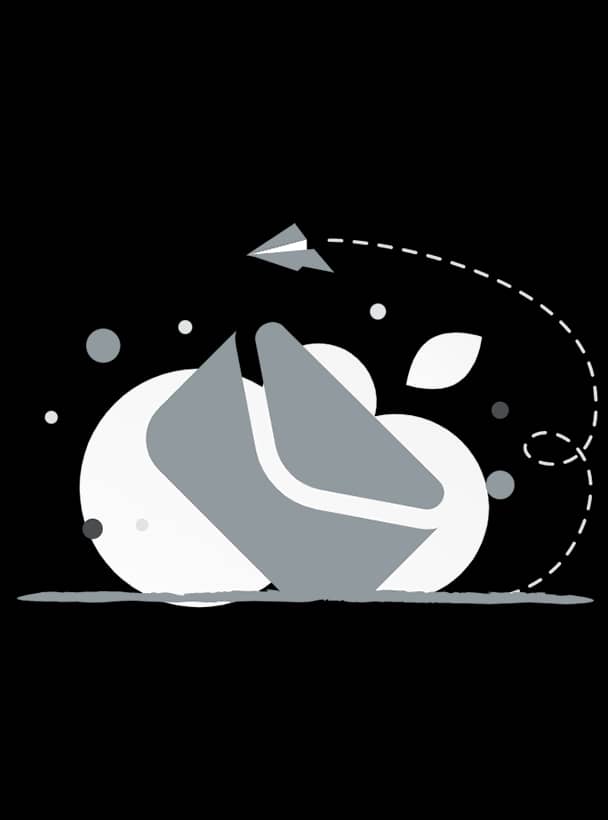Project Credits & Specs
- Architecture: JSPA Design
- Photography: SCHRAN
- Location: Ningwu, Shanxi Province, China
- Area: 9 400 m2
- Year: 2022
More
- Lead Architects: Johan Sarvan, Florent Buis
- Design Team: JSPA Design
- Project Manager: Johan Sarvan
- Engineer: Jie Jiang
- Landscape Architects: Johan Sarvan, Florent Buis
- Lighting Designers: Johan Sarvan, Florent Buis
- Budget: 70 million RMB
- Client: Shanxi Tianchi Agricultural Development Co., Ltd
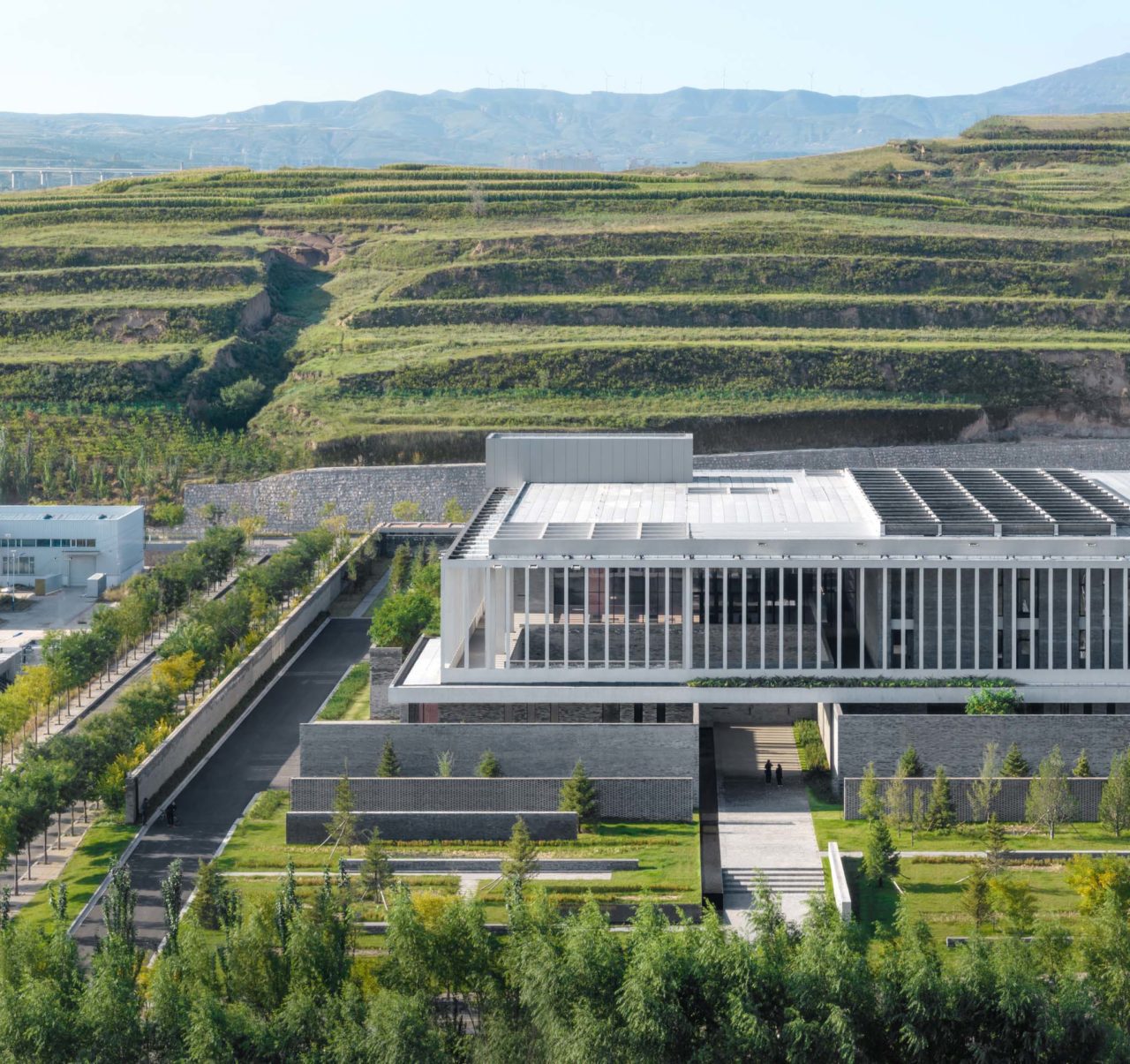
Project Description
Located in Ningwu, Shanxi province, China, the project consists of the creation of an Oatmeal factory, transforming raw oats into flour products. The production process, mostly automated, needed two different production lines with high-volume machinery, as well as spaces open to the public with a shop, a café, and office space.

The surroundings of the project featured newly constructed industrial buildings, dry landscapes, and coal mines, and it seemed like an interesting concept to develop the factory as an introverted building that would recreate its own natural environment. Besides satisfying all functional requirements, the project conceived of the building as a stimulant of the human senses, generating surprising experiences for visitors.
The idea was to use a system of brick walls to enclose and hide the various technical spaces of the factory in an opaque ground floor, and to establish a simple concrete volume on the top of it to host the public spaces of the program. Patios and large gardens will pierce the whole building, providing natural light and creating impressive spatial dilatations within the factory. Central production spaces will also receive natural light from concrete sheds, opening the roof to the north light.
The system of brick walls starts from the front of the factory, where a landscaped area is voluntarily left open for use by the local community, with benches and water pools for kids to play. Brick walls emerge slowly from the benches to become the property fence of the factory, and the façade of the entire building.

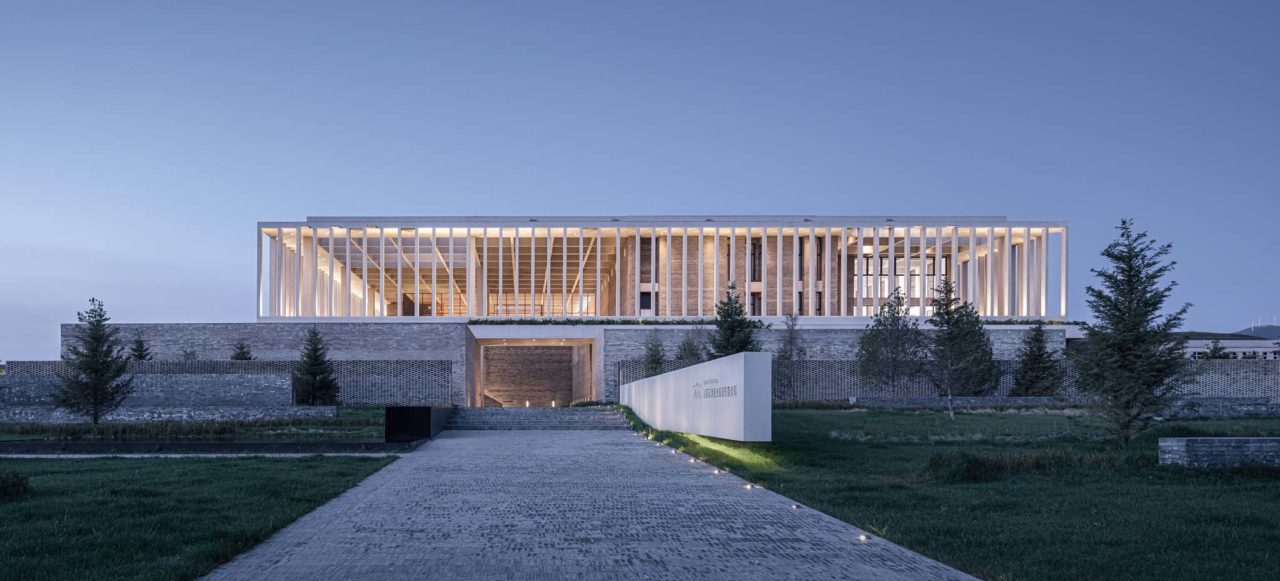
The shape taken by the brick walls will form and define the different entrances of the factory, each with a specific function: Raw materials delivery, product loading, staff, and visitor entry. Separated into distinct lanes, staff and visitors will never cross paths inside the factory. While workers will enjoy functional organization, visitors will enter a planned spatial experience. The production line is showcased to the visitor in an elevated corridor overlooking the workshop.
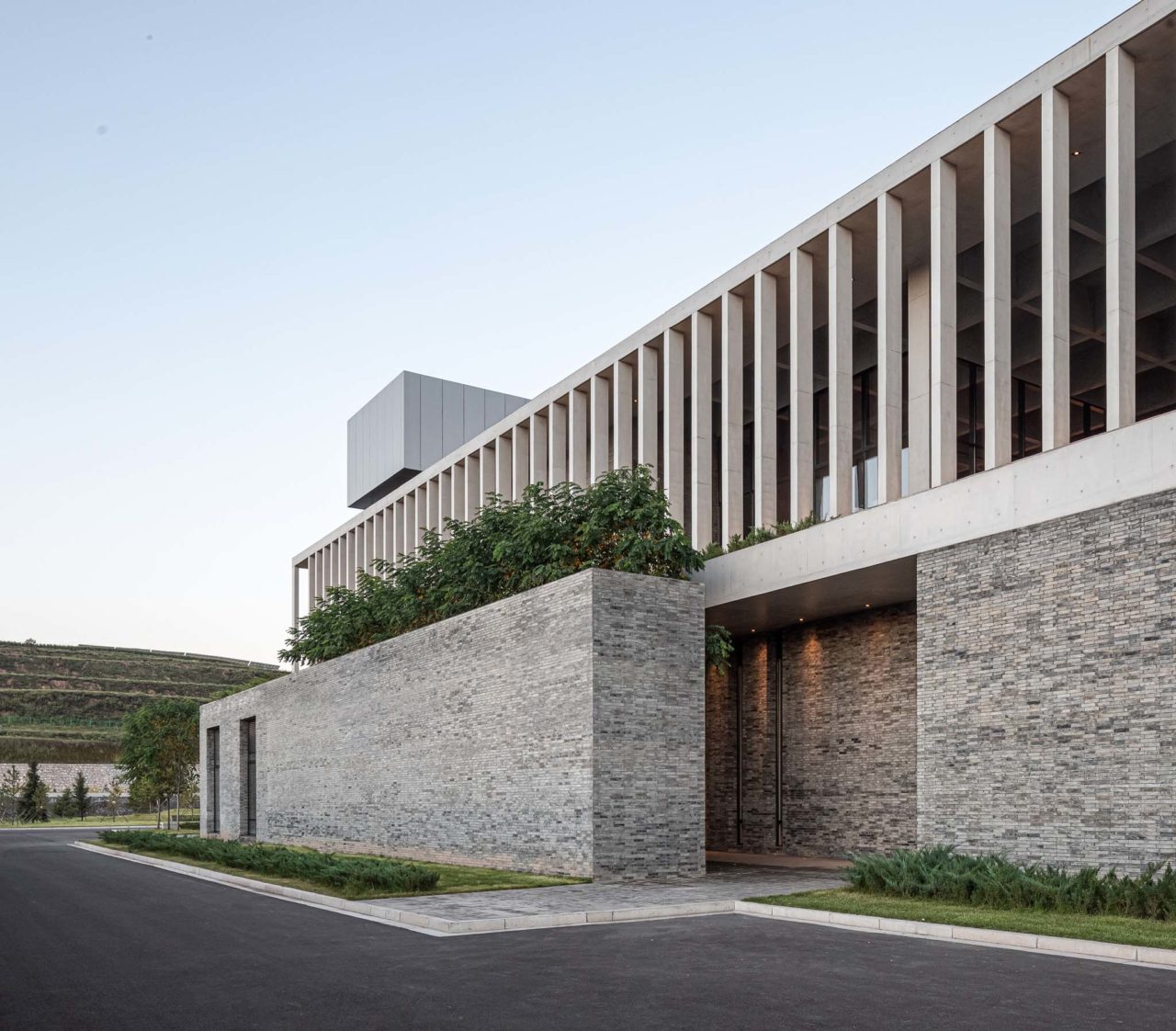
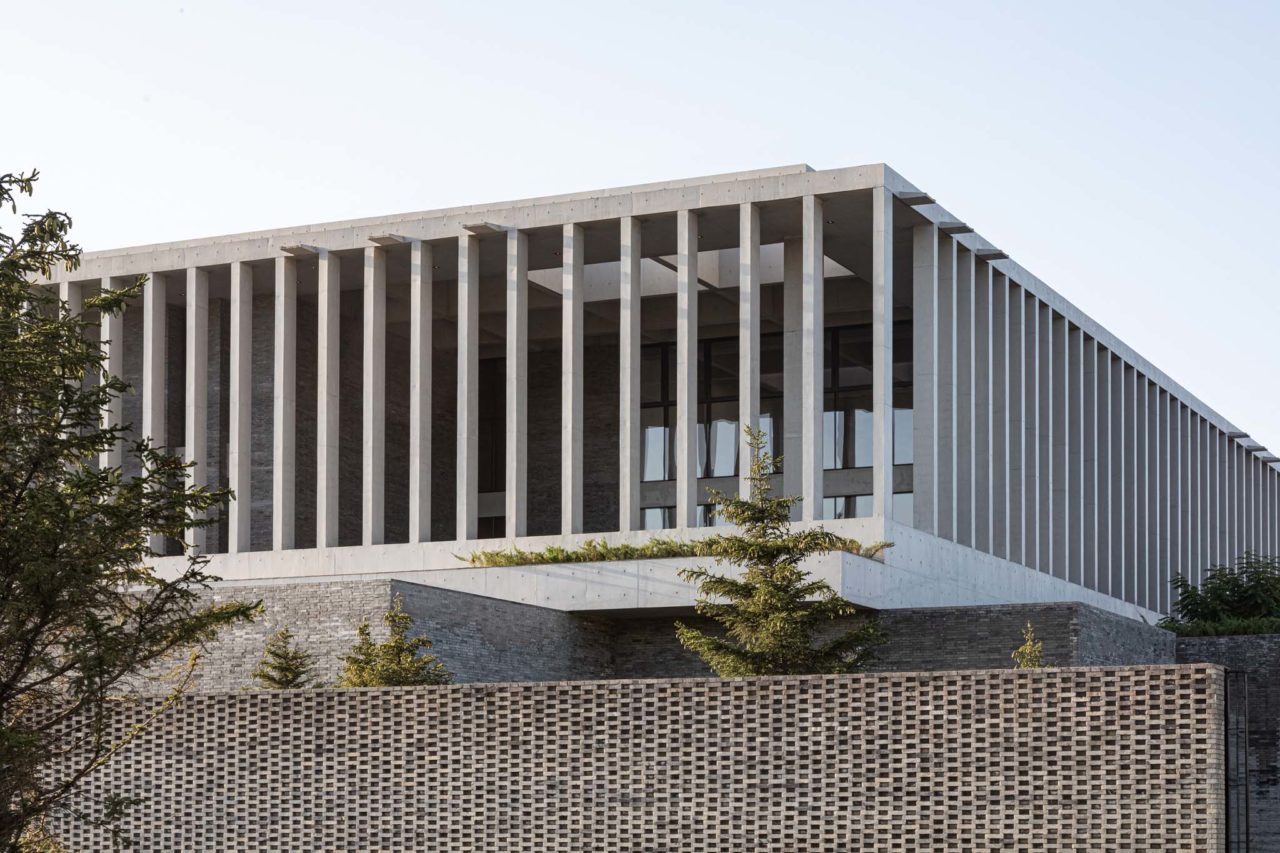
The dormitory for employees was set up in the back of the factory and was conceived as an invisible architecture. The brick fence wall was thickened to host the building, and patios were created to bring light to the rooms, while still preserving their intimacy. The space between the factory and the dorm becomes a garden in which a concrete table and square seats are set up.
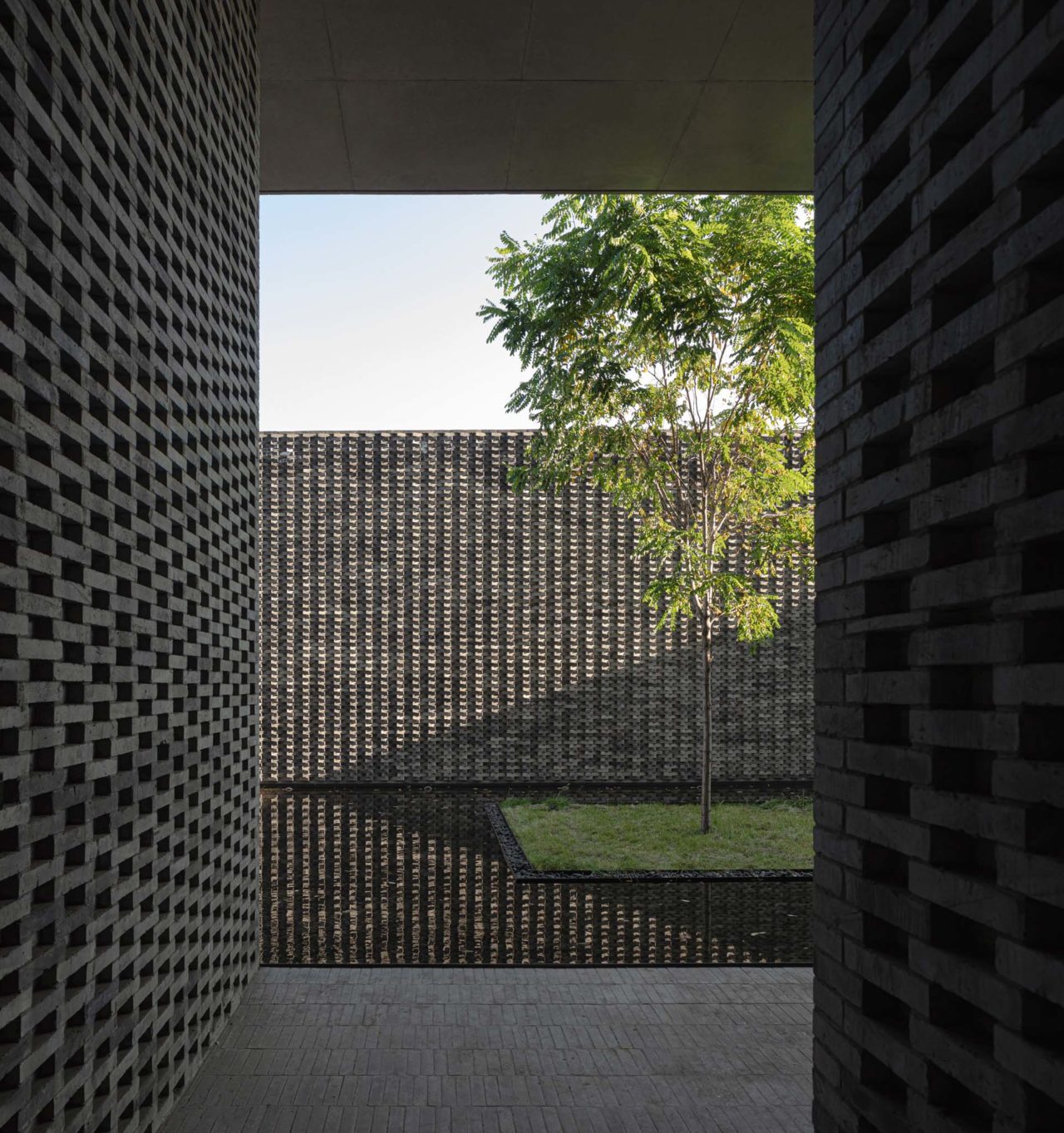



The choice of construction materials carries a strong meaning: the use of gray brick is a way to create a deep relationship with the site using local construction methods. Exposed concrete, on the other hand, emphasizes the modernity of the building, enabling structure and architecture to be bound together.


The landscape design is also fully integrated with the design process. Rainwater is collected on the roof and redirected to water pools on different levels through cast-in-place concrete water exhausts, making its natural circulation part of the experience of the space. The water flows up to the entrance of the factory, where a last waterfall, combined with a twelve-meter cantilever concrete logo wall, invites visitors to enter the architecture.


Across the process, some regulatory issues were resolved through innovative design solutions. Fire-fighting regulations required a water container on the roof, and an independent element was created in the form of a sculptural cantilevered stainless steel box.
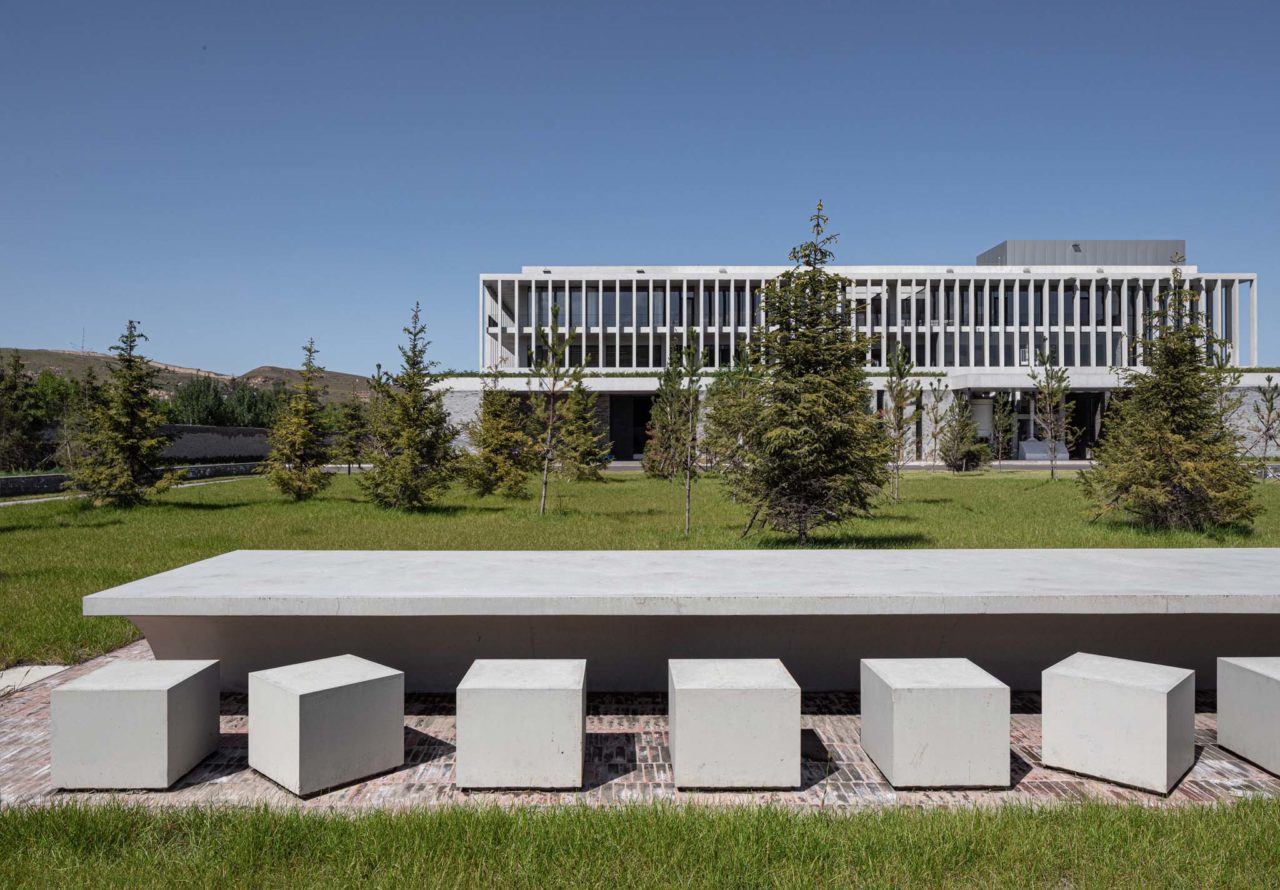
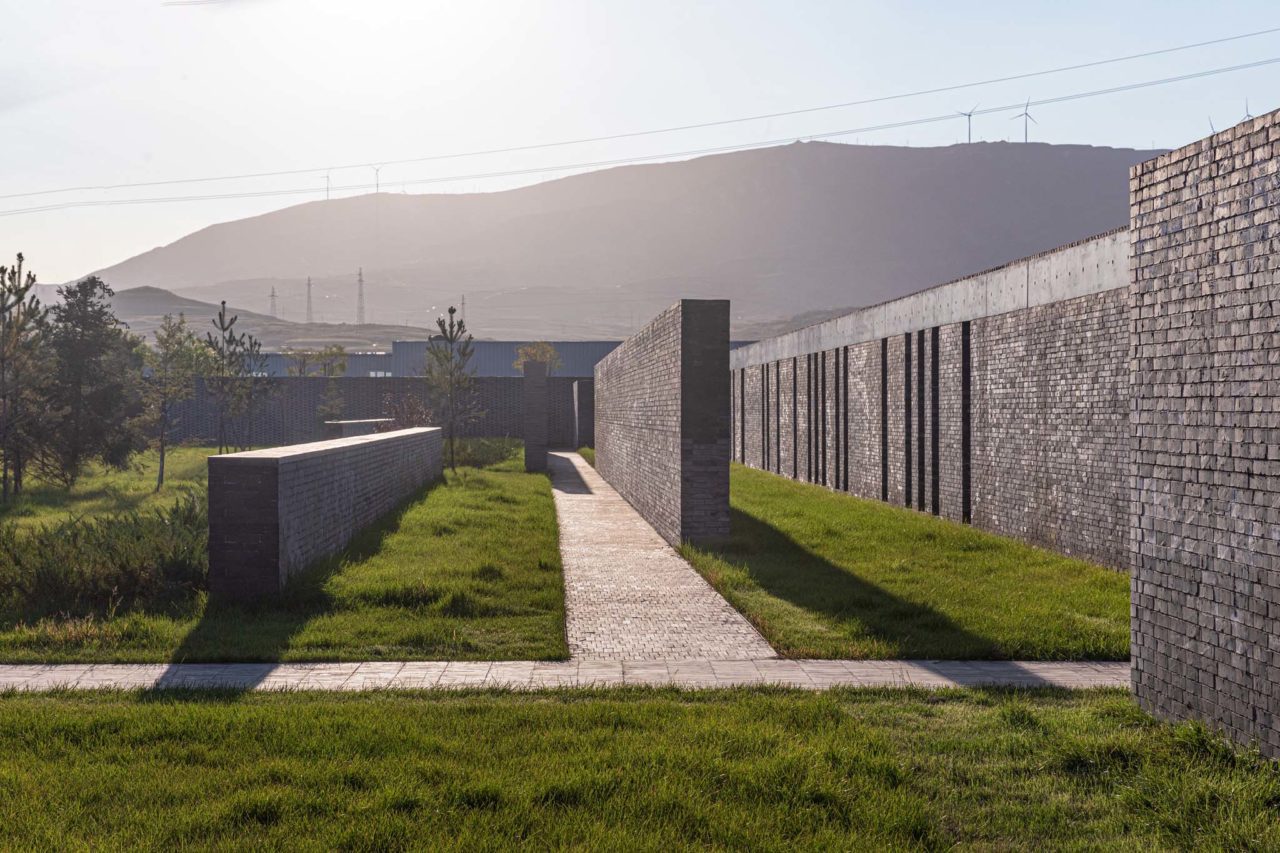

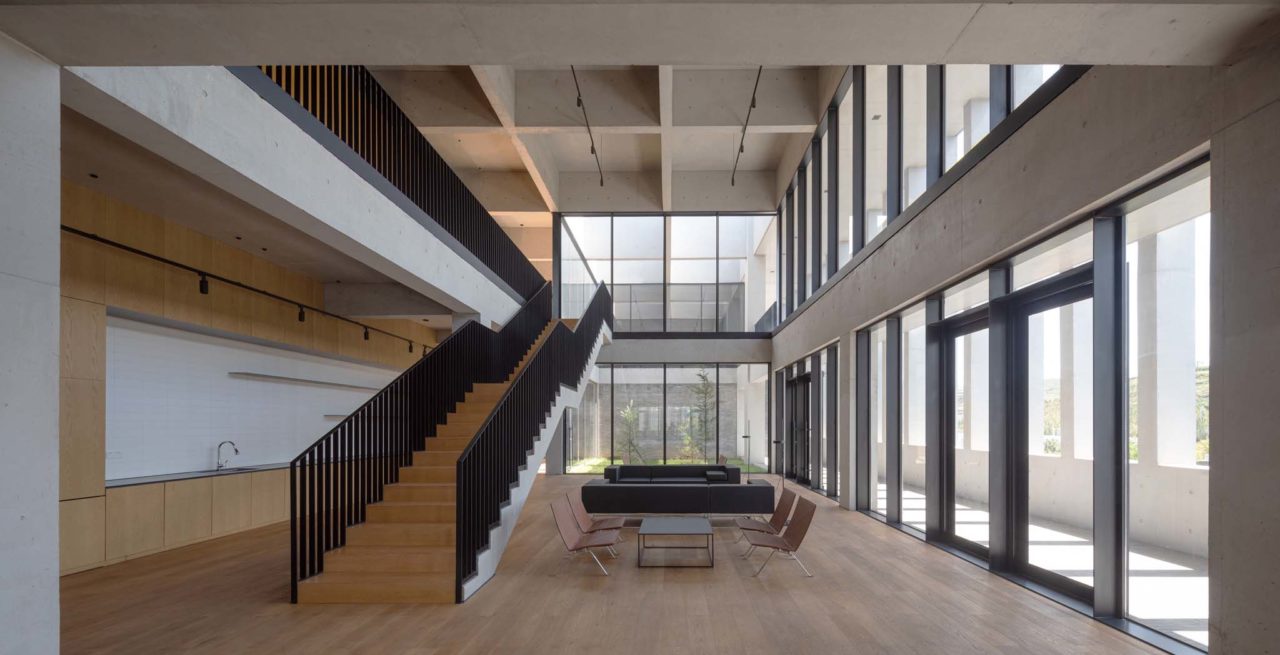


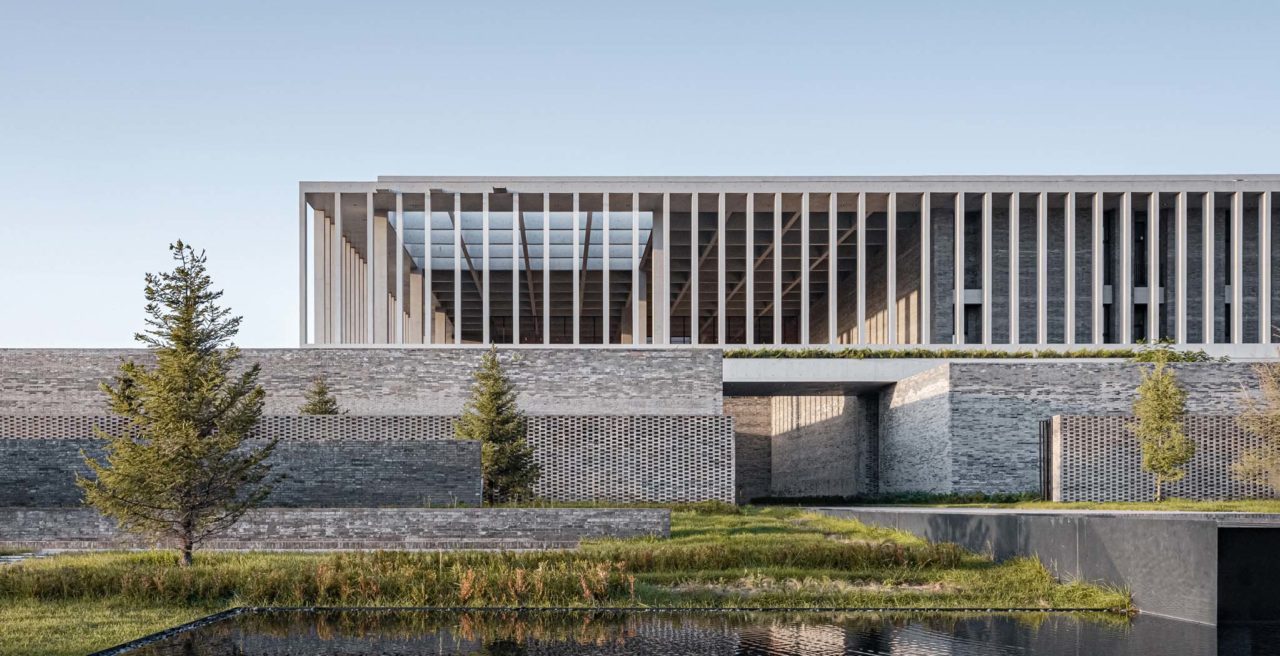

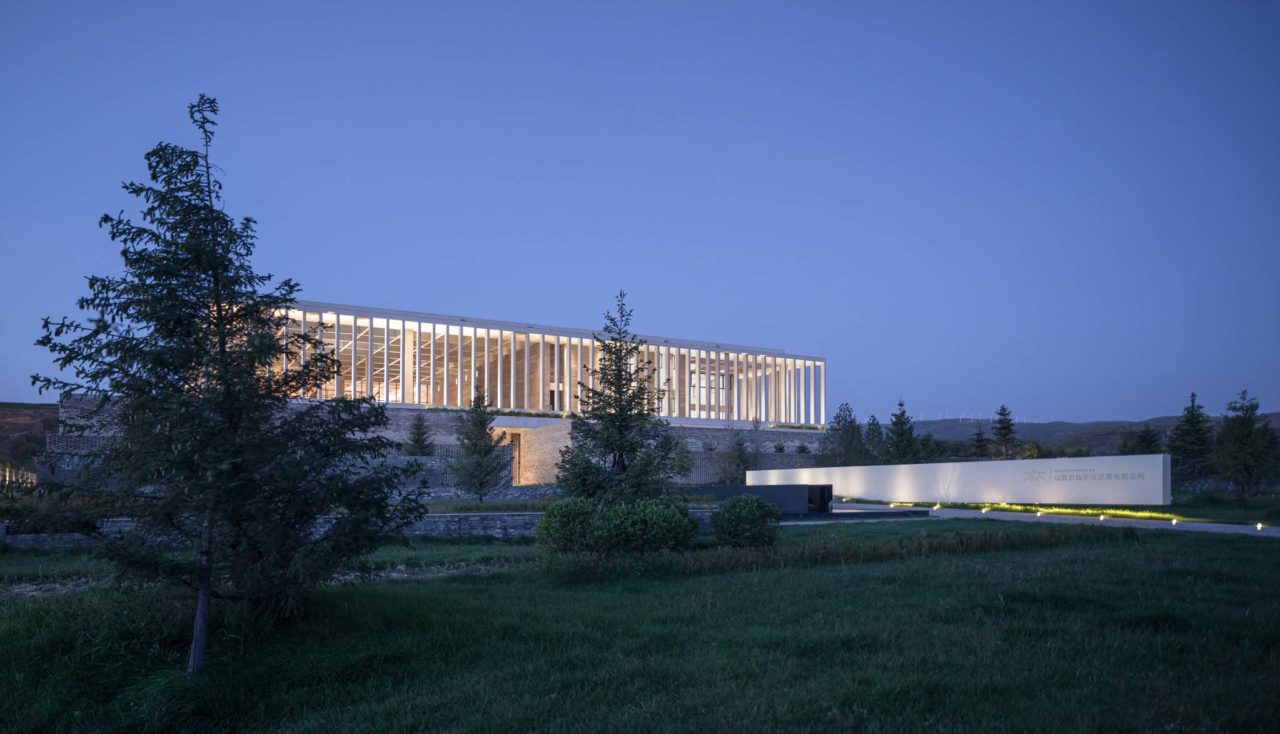
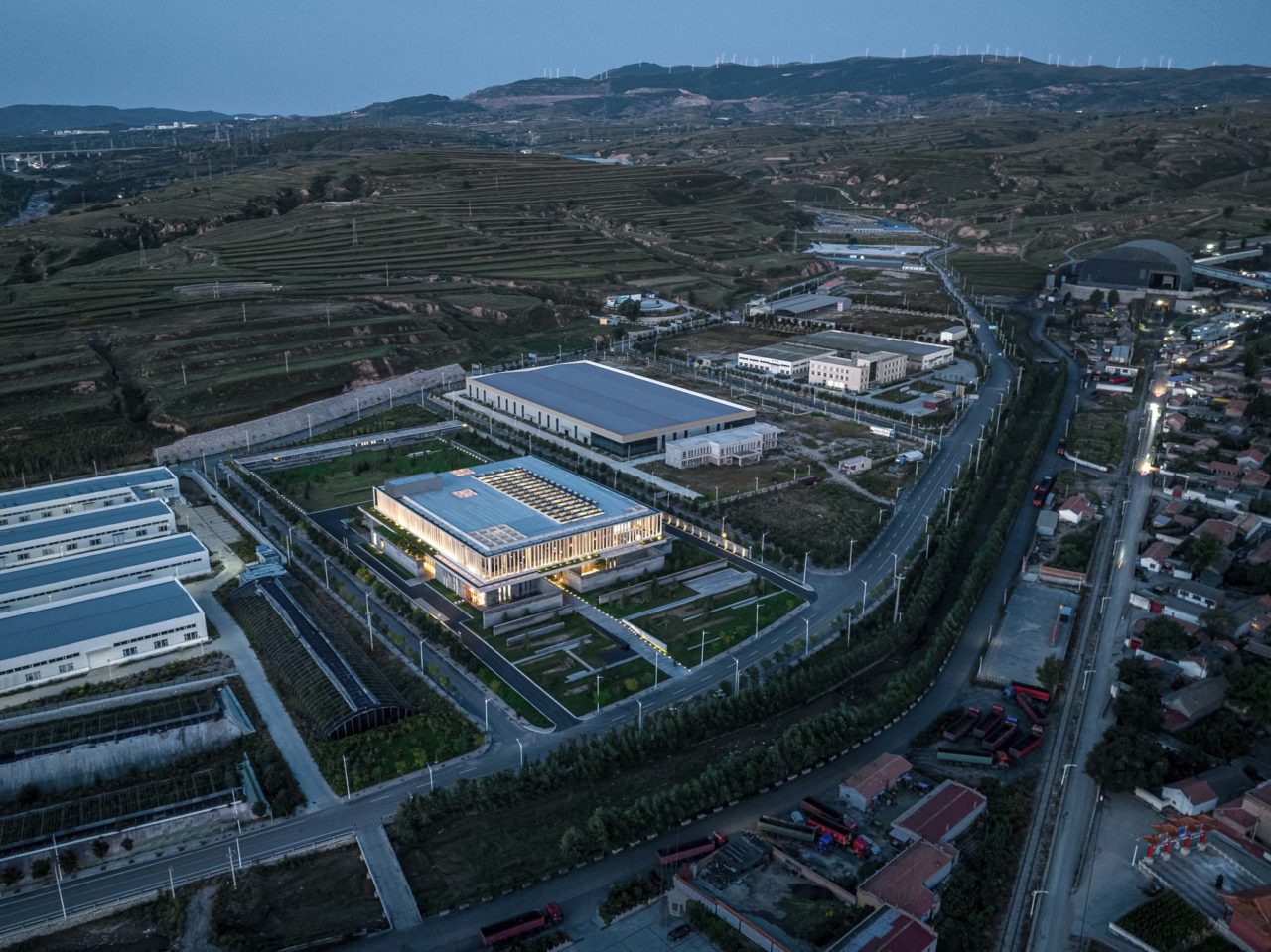
The project description is provided by the architects.
About the Architects

JSPA Design is a Beijing-based French design studio established in 2009 to work on architecture, interior, landscape, and product design. Adopting modern design methods, while eliminating common style concepts, the studio focuses on creating evocative architecture that stimulates human senses by working with light and shade, space and materiality. Exploration of architectural expression and reinterpretation of local construction materials allows the studio to deliver projects that are simultaneously unquestionably contemporary, yet also deeply rooted in their sites. The dialogue between nature and architecture plays a major role in their work. The design process focuses on how architecture can coexist with its environment, or how nature can impose itself through architecture to enter a building. From concept design to detailing and on-site supervision, the JSPA team is fully committed to ensuring quality throughout the lifecycle of the design process, through to completion.




